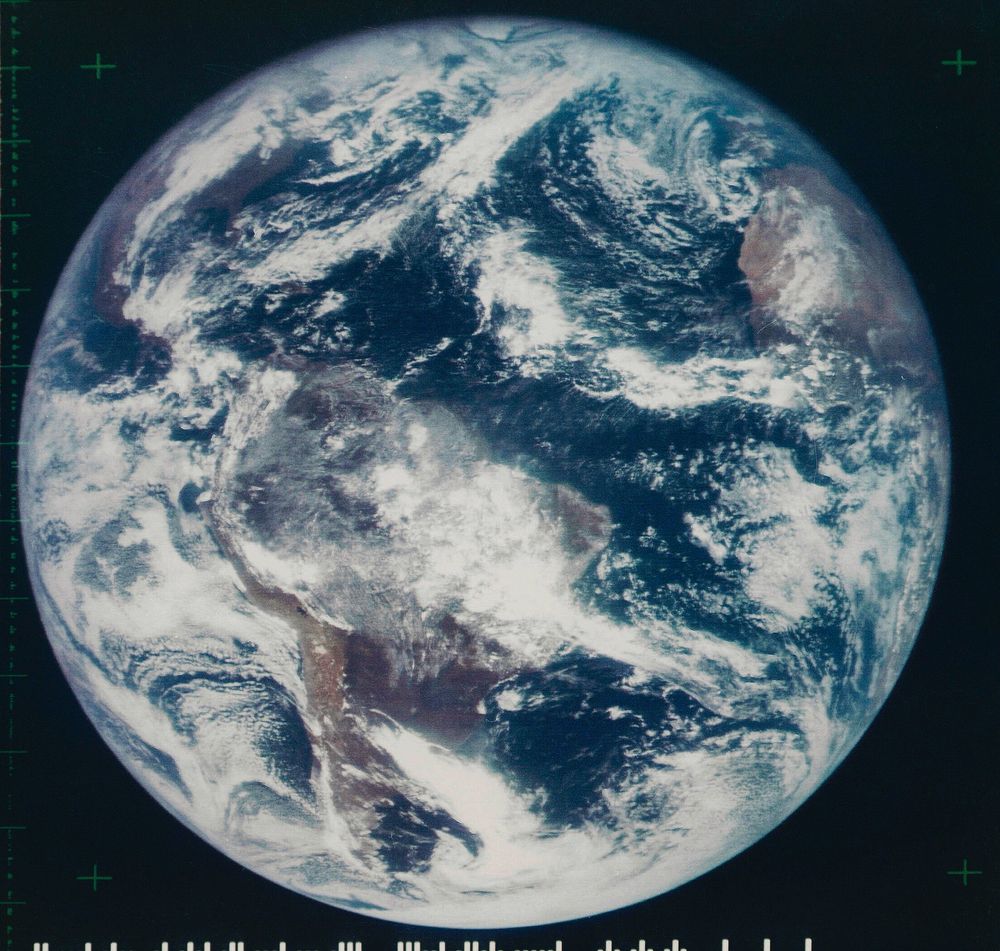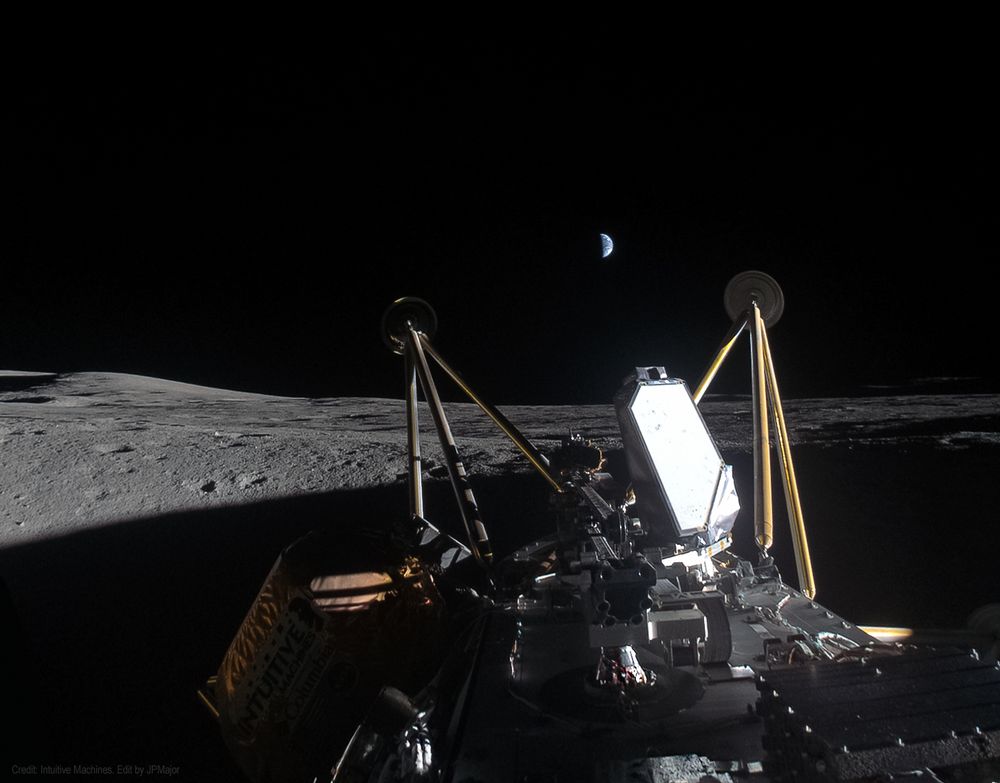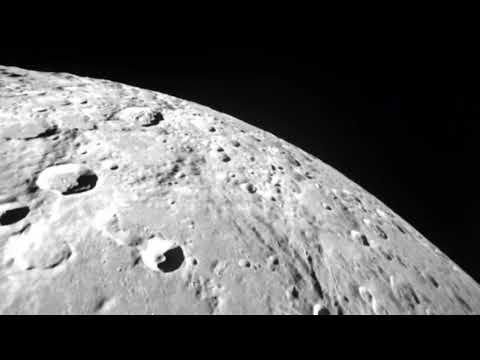


It's a new image created by the Murchison Widefield Array, which scanned the sky in 20 radio "colors" over frequencies from 72 to 231 megahertz. 🧪🔭
www.icrar.org/gleam-x-gala...

It's a new image created by the Murchison Widefield Array, which scanned the sky in 20 radio "colors" over frequencies from 72 to 231 megahertz. 🧪🔭
www.icrar.org/gleam-x-gala...











The Sun would be a sphere 86 feet (26 m) wide—about the height of an 8-story building—1.8 miles (2.9 km) away. 🌞
The Sun would be a sphere 86 feet (26 m) wide—about the height of an 8-story building—1.8 miles (2.9 km) away. 🌞
The Sun would be a sphere 86 feet (26 m) wide—about the height of an 8-story building—1.8 miles (2.9 km) away. 🌞




Source: www.nasa.gov/general/nasa...
Source: www.nasa.gov/general/nasa...
Ad luna per aspera 🫤

Ad luna per aspera 🫤
Firefly Aerospace Blue Ghost lander on the surface from a distance of about 190 km on March 2, 2025 about 9 hours after touchdown. (Source: lroc.asu.edu/images/1406; image upscaled, my edit.)

Firefly Aerospace Blue Ghost lander on the surface from a distance of about 190 km on March 2, 2025 about 9 hours after touchdown. (Source: lroc.asu.edu/images/1406; image upscaled, my edit.)
youtu.be/kB66ECu4kL8?...

youtu.be/kB66ECu4kL8?...

youtu.be/pSGBJNu1xE4

youtu.be/pSGBJNu1xE4

